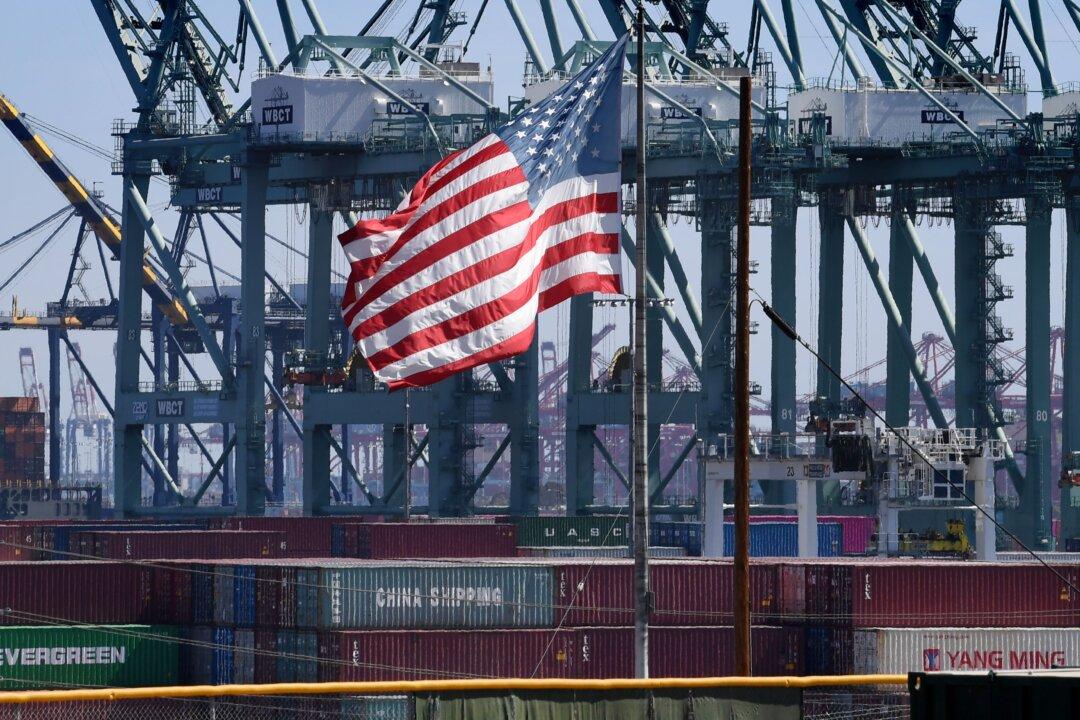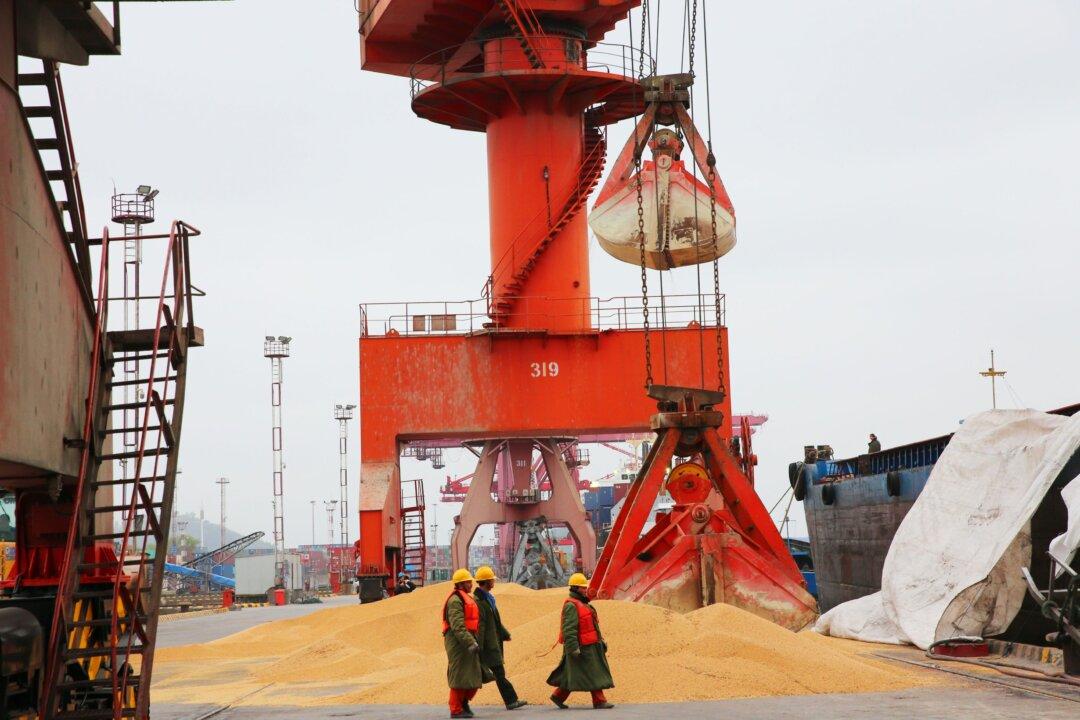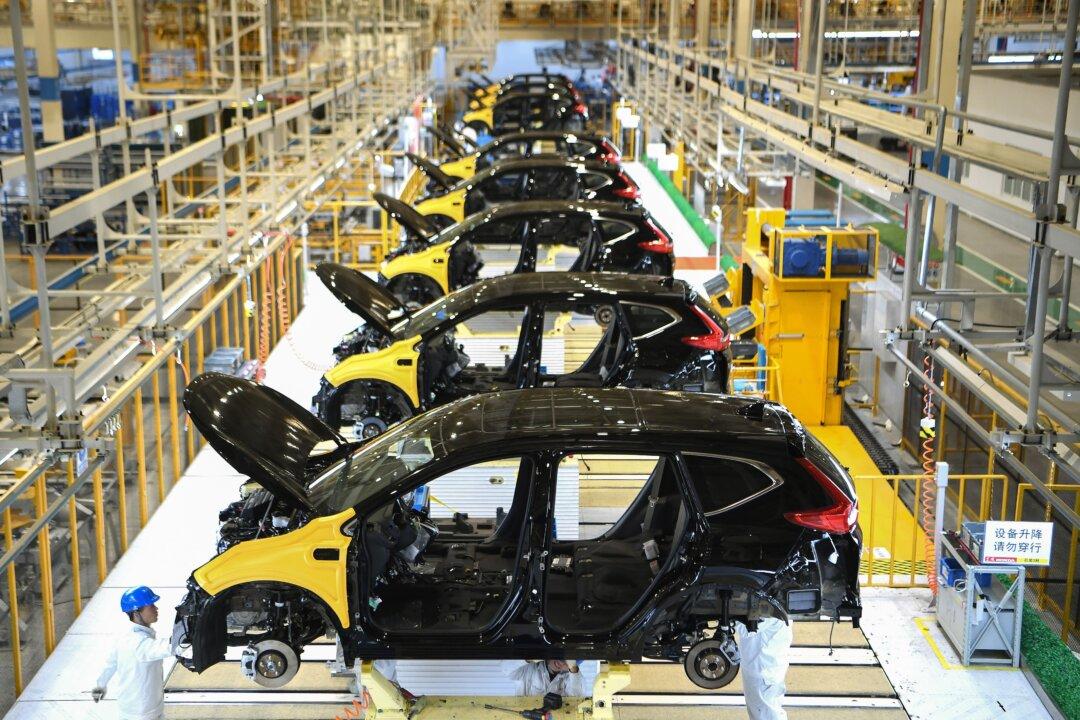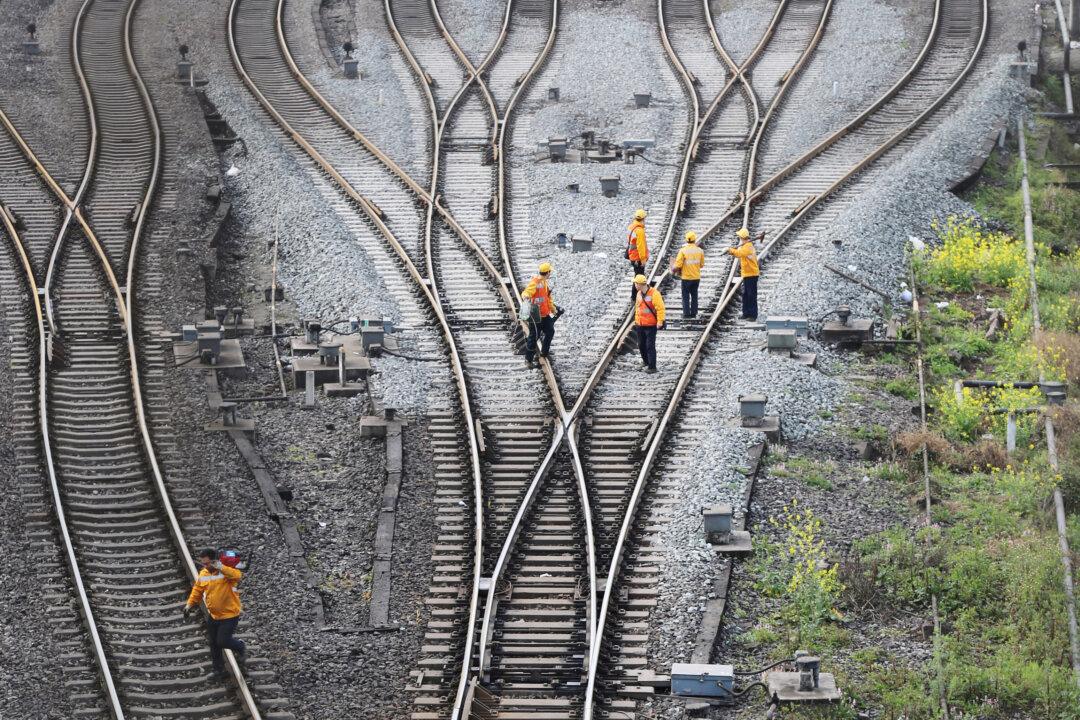News Analysis
U.S. ports led by the Port of Los Angeles, America’s busiest gateway for ocean trade with China, are expecting double-digit plunges for import traffic over the next few months. China’s ability to subsidize tariff cost for its companies may have come to an end due to a slowing economy and the Sino-U.S. trade.





